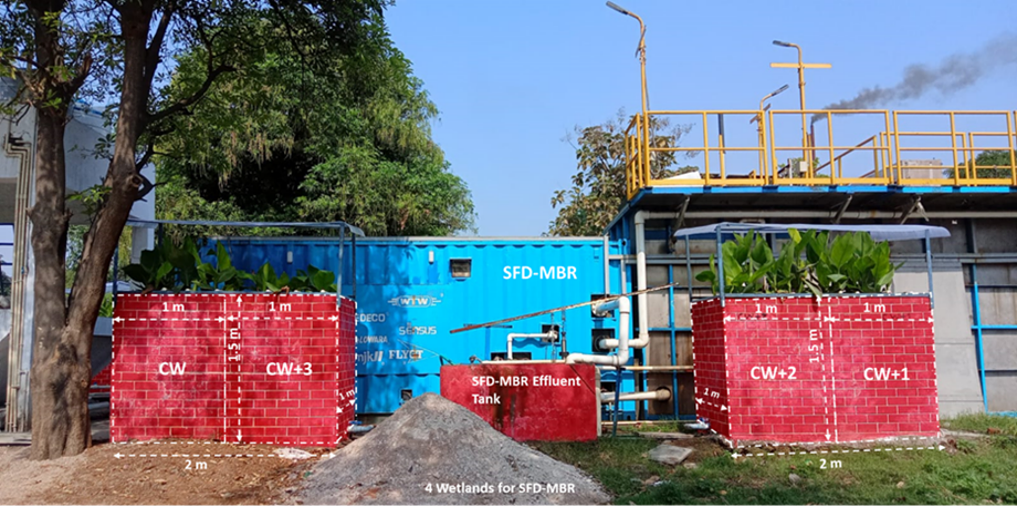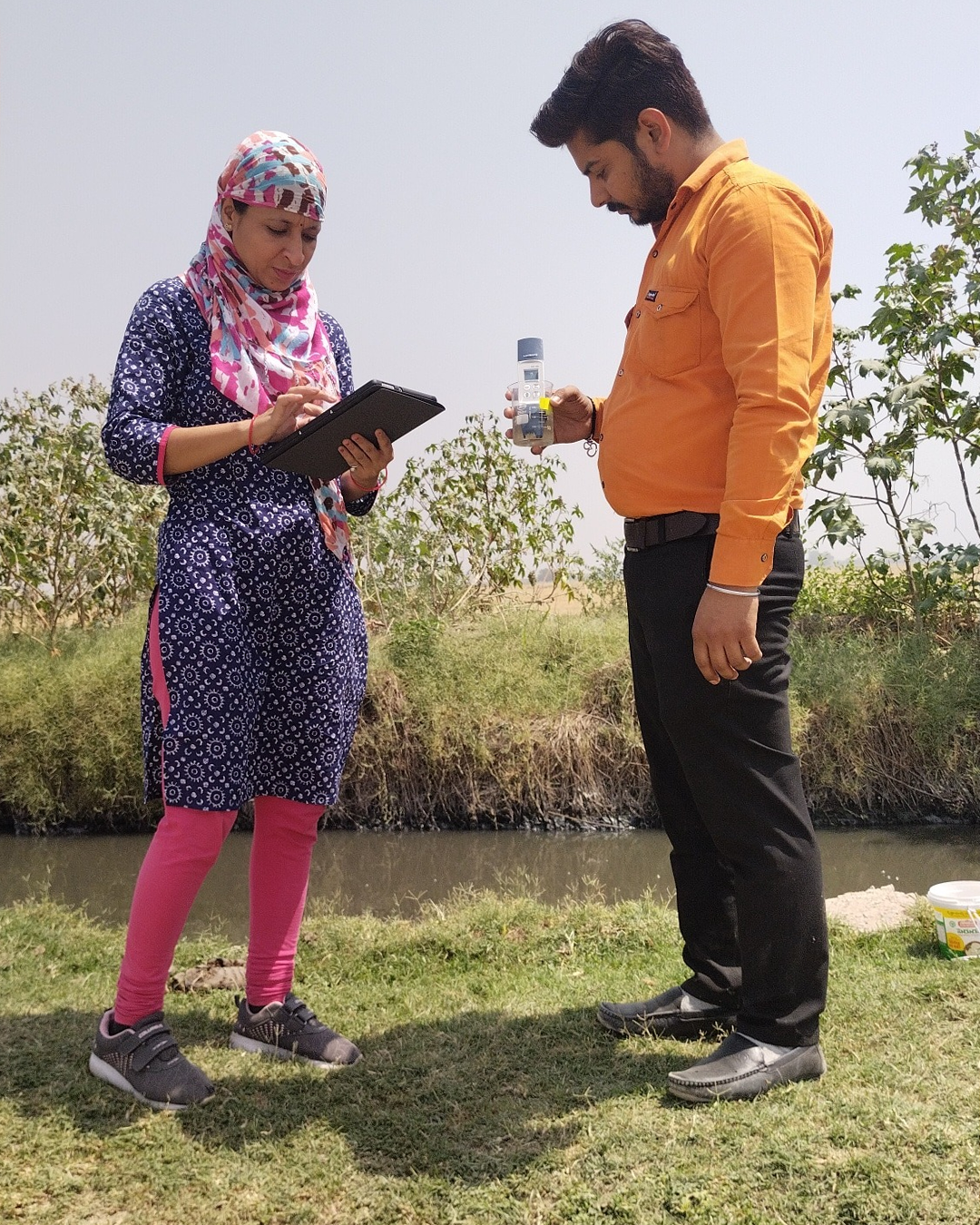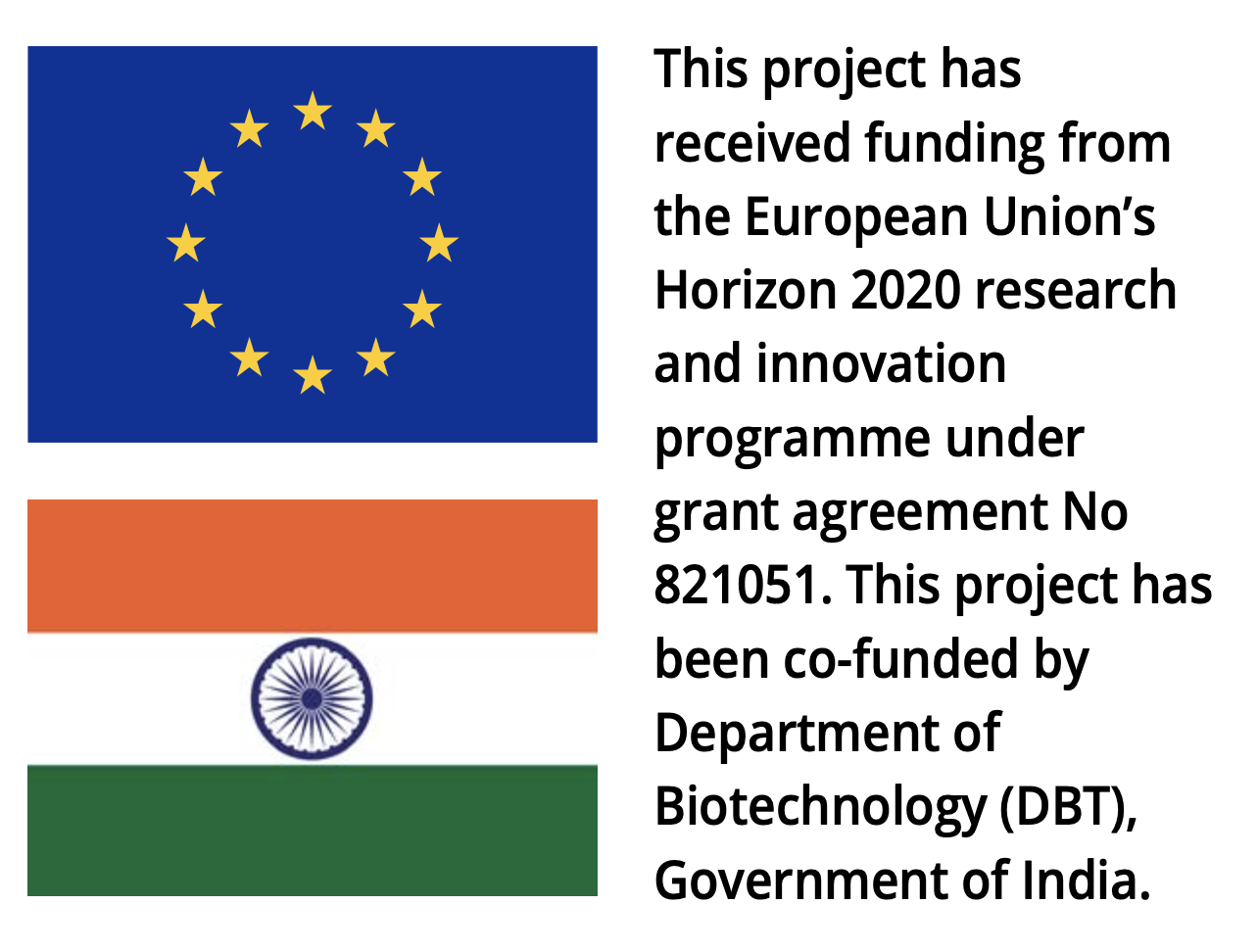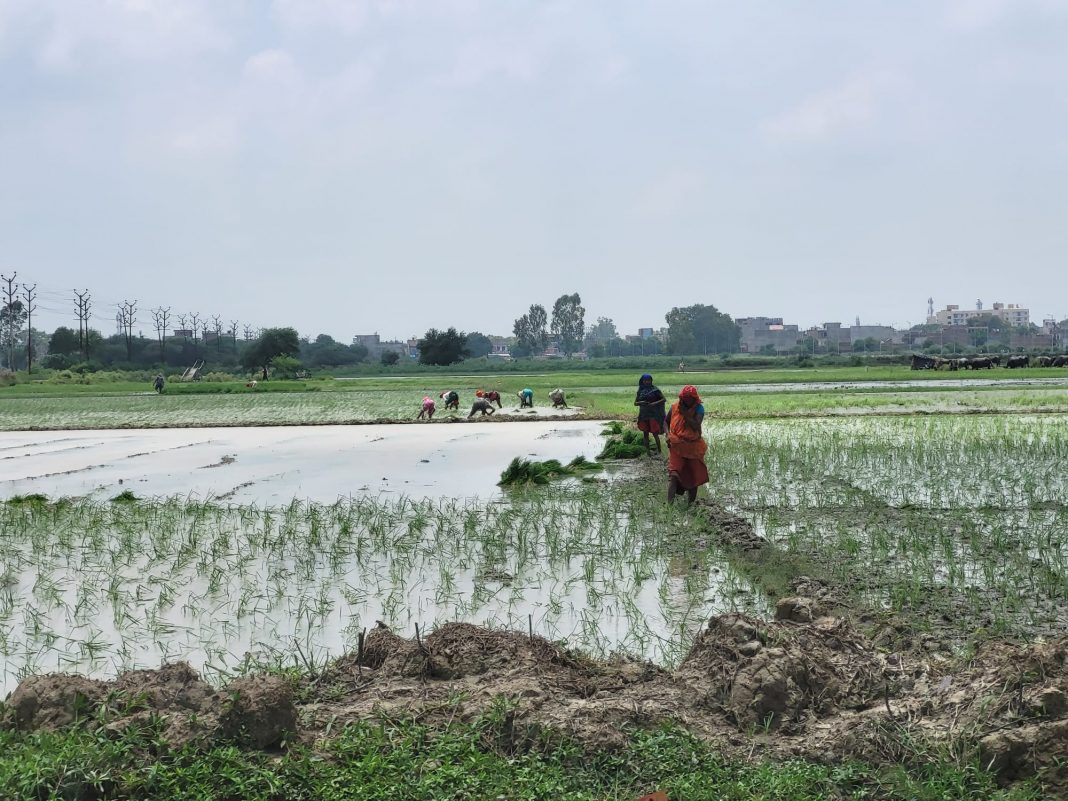Paul Campling is the coordinator and Anshuman is the scientific coordinator of the EU-India Horizon 2020 project Pavitra Ganga that ran from 2019 until the beginning of this year. This research and innovation project brought European and Indian partners together to collaborate on tackling wastewater treatment challenges and to unlock some of the resource recovery opportunities
In an earlier article Dr. Campling explained the water challenges that India faces.
Now that the project has come to an end, we interviewed the coordinators about the important outcomes of the project and the key lessons learned.

Pavitra Ganga tested innovative wastewater treatment and resource recovery technologies in India and in Europe at both the lab and pilot scale in real-world conditions. What were the major findings?
Paul Campling: “Our aim was to develop and pilot wastewater treatment technologies that can be implemented in Indian circumstances. This meant that the technology trains should be able to deal with all major contaminants and should be both robust and have low energy requirements. We piloted our technologies at two of the most challenging locations in India: the Jajmau wastewater treatment and water re-use irrigation scheme in Kanpur, which is also surrounded by the oldest and largest tannery cluster in India, and the Barapullah Drain in New Delhi, an open drain system that also discharges solid waste and the wastewater of millions of Delhiites. Through an environmental scan of the demonstration areas, we detected from ground and surface water samples more than 140 contaminants of emerging concern based on a non-targetted screening. We then carried out a targetted assessment, which measured several pharmaceuticals, industrial chemicals and pesticides in the μg/l range and a number of per- and polyfluoroalkyl substances (PFAS). Our technologies, therefore, mainly focused on secondary and tertiary treatments – with the tertiary “polishing” techniques dealing with the contaminants of emerging concern and heavy metals.
Anshuman: “We succeeded in developing the technology readiness levels (TRL) of our technologies, and within the timeframe of the project, some of these have proved to have a high market potential, with one already market ready. This is the case of the Self Forming Dynamic Membrane BioReactor (SFD-MBR), which is now being branded as Sanitaire Taron by Xylem, a global water technology provider. It is an example of a technology that is both robust, dealing with changing wastewater characteristics, and low energy, with considerably less energy requirements than conventional MBRs.”
Paul Campling: “We were also very keen to demonstrate the potential to produce biogas through the digestion of concentrated sewage, mixed with sludge and other organic streams through the ANDICOS approach, as this would contribute to green energy production and reduce greenhouse gas emissions. Changing wastewater characteristics and the logistical issues of managing different organic streams meant that the outcome was not encouraging. But as part of the ANDICOS approach we were very happy with the performance of the IPC membrane technology, energy-efficient flat sheet membranes, to directly filter sewage for water re-use. This technology was developed by VITO and is now manufactured by the VITO spin-off Blue Foot Membranes. These membranes are now being further commercialized in India by Ion Exchange, one of the Pavitra Ganga partners.
Anshuman: “I also want to mention the Constructed Wetland+ technology that went from TRL 3 to 6 and proved to be a good polishing system for the creation of decentralized wastewater treatments in India. This technology is “open domain”, meaning that entrepreneurs can easily take up this technology to develop full-scale applications.”

What are the lessons learned from monitoring and modelling the water resources?
Paul Campling: “One cannot overestimate the importance of both monitoring and modelling of water water quality to find the best pathways to improve the management of water and establish a robust water system. We demonstrated the usefulness of citizen-based water quality monitoring using handheld devices to flag up water quality issues and engage with farmers and stakeholders. In addition, we highlighted the added value of continuous water quality monitoring with stationary sensors to better understand and respond to changing water quality conditions.
Thanks to our modelling work we could provide new insights into the water availability and quality variation for both Kanpur and New Delhi. Scenario analyses enabled us to show what infrastructure needs to be put in place to secure water supplies and treat wastewater for the rapidly growing population. All scenarios pointed to the need to prevent pollution upstream rather than rely on end-of-pipe- solutions, which will be very costly to implement. This paves the way to looking for both centralized and decentralised solutions in urban and peri-urban areas, with robust and low-energy treatment solutions being well placed to meet the gap in wastewater treatment services. The impact of climate change makes the need for investments and new approaches even more pressing.”
An appropriate pricing strategy also must be developed. The reuse of treated wastewater must be beneficial compared to the use of increasingly scarce freshwater.
In relation to the issue of contaminants of emerging concern we are particularly proud of the wastewater safety plans that our project developed for both demonstration areas. This resulted in the development of practical safety plans for both the operators in treatment plants and farmers receiving treated wastewater for irrigation.
Last but not least: we need the mobilization of the local communities and the development of capacity building for our water practitioners and professionals, to ensure new innovations can be sustainably implemented.”


This work is licensed under Creative Commons Attribution-NonCommercial-NoDerivatives 4.0 International.


